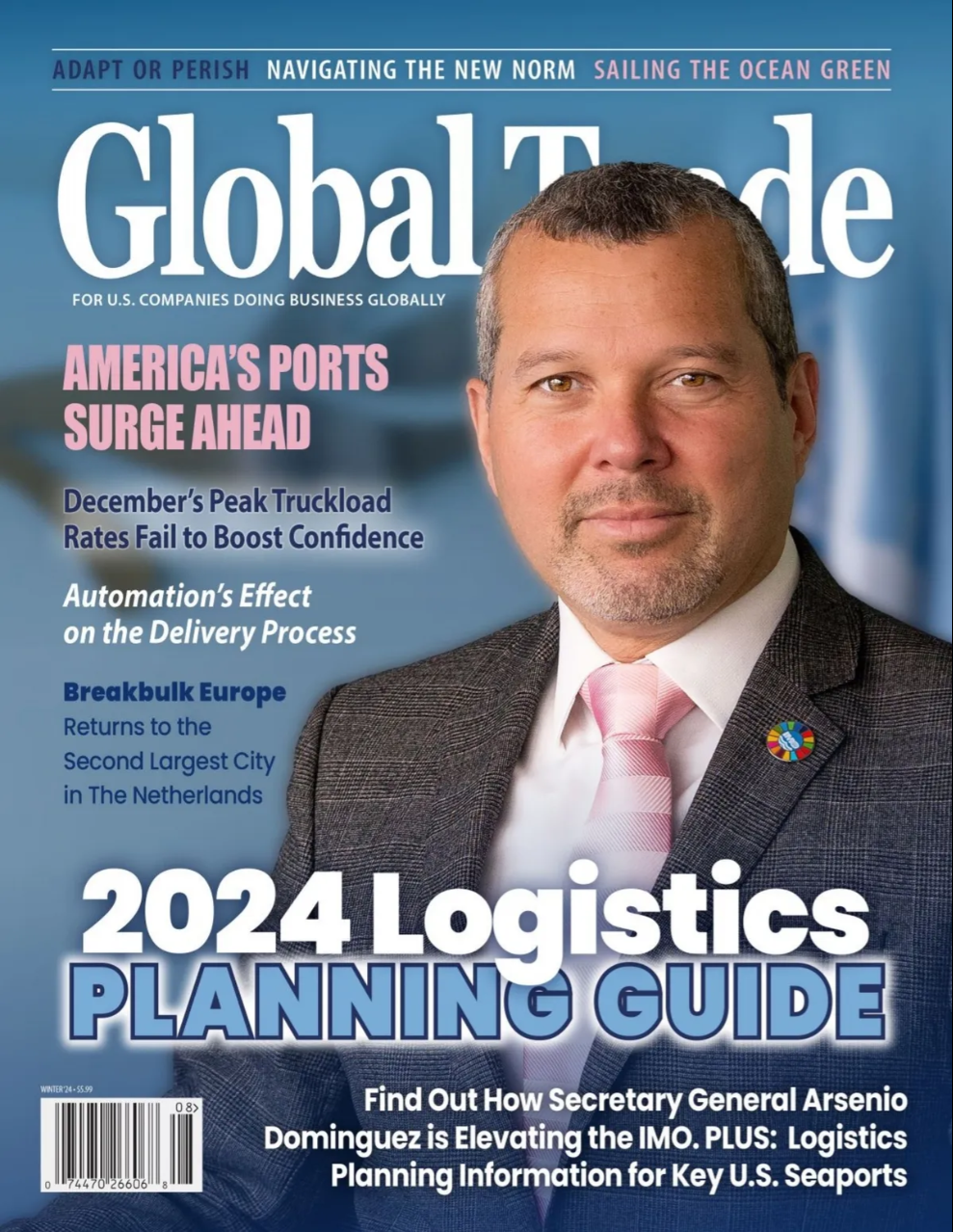There was a jump in foreign direct investment (FDI) activity in the second quarter. While COVID-19 restrictions remain a factor, business is picking up at an extraordinary velocity as companies spend the cash they’ve had sitting on the sidelines for their industrial expansion projects. At the same time, supply chain issues continue to plague international businesses, and filling open job positions can be a daunting task in the U.S. In other words, the second quarter was a wild ride for international businesses.
Those are a few takeaways from our conversations with dozens of business leaders from Taiwan, Singapore, Vietnam, China, Brazil, Germany, Austria, Italy, the U.K., and other countries around the world. The focus of those conversations has been navigating FDI and supply chain disruption. Below are some of the main trends we are seeing and examples of how companies are adapting.
FDI Trends
The level of FDI inquiry we received in the Southeast U.S. last quarter was enormous, including in areas such as electric vehicles, pharma, food, and consumer products. In the Southeast and more broadly, there has been an increased focus among foreign investors on acquisitions as the method of FDI. There is certainly an appetite for that among businesses looking to be sold, as valuations are high, and the multipliers paid can be significant.
An international company we talked to, for example, is considering acquiring a company in the Carolinas and then coupling it with a greenfield expansion. That kind of coupling is a trend we have seen, although there may be a delay between the acquisition and the ensuing expansion. We have also seen an uptick in acquisitions by European and U.S. companies that are backed by Chinese investors.
While multi-national ownership is not a new phenomenon, tighter U.S. trade and investment regulations have been implemented over the last few years. These regulations apply to all foreign-owned companies and require consideration. For example, business leaders and their advisors need to consider the potential impact on the transaction of requirements under the Committee on Foreign Investment in the United States (CFIUS), which has the authority to block, impose mitigation measures, or unwind transactions that could impair U.S. national security. Likewise, foreign ownership or foreign nationals may also impact a company’s need to evaluate and comply with export, immigration, and other U.S. regulations.
We also have seen in Q2 continued focus in Washington on enhanced U.S. content requirements. Companies should consider U.S. content requirements, now existing and those under consideration. There has been an increasing awareness of the risks manufacturers face tied to changing content requirements in the U.S. Two examples: the Federal Acquisition Regulatory (FAR) Council is scheduled to develop new “Buy American” regulations in July under an executive order from President Joe Biden, and it is expected that if an infrastructure package gets through Congress, it will include a variety of Buy American requirements.
In addition, foreign investors are often finding it hard to find qualified workers in the U.S., just like many American businesses right now. The pre-pandemic solution for that – bringing in your own team from another country – is challenging due to U.S. visa regulations and because of travel restrictions that remain due to COVID-19. In some parts of the world, consulates have been shuttering services again, making it difficult to secure the visas international businesses need to send their expat teams to the U.S. Moreover, quarantine requirements here and abroad continue to dissuade travelers, including requirements for those who have been vaccinated. A global executive overseas recently told us, “What businessperson can really spend a week or two out of pocket [in quarantine]?”
Supply Chain Disruption
Supply chain disruption continues to be a big struggle, including shortages of materials. We continue to help clients navigate the legal aspects of that, such as whether they can claim force majeure to manage contract risk (more detail on that here.) Operationally, businesses have continued to see huge increases in shipping costs combined with difficulty finding space on container ships or getting the containers out of the port. One executive told us even if his company offered to pay double the freight cost, it wouldn’t make a difference – there was no space on any ships.
International businesses continued in Q2 their steps to address many of these challenges. Whether you call it Onshoring or Reshoring, many companies are, when cost-effective in their industry, looking to shorten the supply chain, increase U.S. content, and add supplier redundancy.
For example, a European company we talked about within the second quarter is shifting its U.S. operation so the base product can be produced in the USA in addition to Europe, thereby providing redundancy to supply and a “U.S. made” product. In this case, the company is licensing the production to a third party that will produce and supply the U.S. subsidiary. We are hearing other examples of this kind of onshoring, which can be helpful both in terms of supply chain disruption and U.S. content requirements.
Final Takeaways
While the coronavirus pandemic is far from resolved globally, progress in the U.S. against the virus is already leading to enormous FDI activity. The continuing supply chain disruptions may also be contributing to the level of FDI activity, as companies have had time to learn lessons and adjust their strategy in ways to manage the current challenges and plan for the next unexpected event. The exact speed and depth of those adjustments will come further into light through the rest of this year.
___________________________________________________________
Al Guarnieri, Sam Moses, and Michael Chen are attorneys in Parker Poe’s Manufacturing & Distribution Industry Team. Al and Michael are based in Charlotte, North Carolina, and Sam is based in Columbia, South Carolina. They can be reached at alguarnieri@parkerpoe.com, sammoses@parkerpoe.com and michaelchen@parkerpoe.com.







